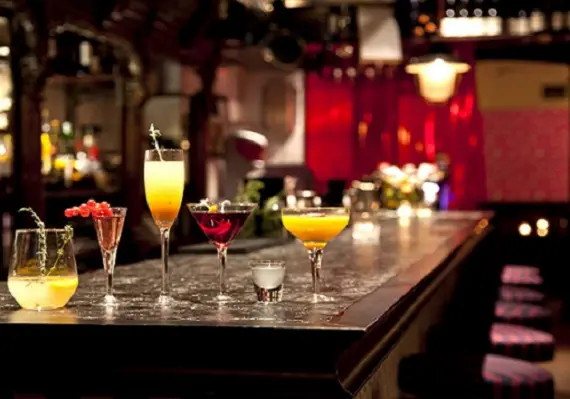Kuala Lumpur, the bustling capital of Malaysia, is rapidly gaining recognition as a major player in Asia’s cocktail scene. With a wave of innovative bars leading the charge, the city is becoming a destination for cocktail enthusiasts. Established venues like Coley, Junglebird, and Bar Trigona have paved the way, and now, new hotspots like Vér, Reka, and Penrose are pushing the boundaries of mixology.
This year, Kuala Lumpur made a significant impact on the prestigious Asia’s 50 Best Bars list. Penrose achieved an impressive No. 8 ranking, the highest ever for a Malaysian bar. Bar Trigona secured the No. 36 spot, while Reka debuted at No. 41. These rankings highlight the city’s growing influence in the region.
To understand what’s driving Kuala Lumpur’s cocktail renaissance, we spoke with two industry leaders: Rohan Matmary, head bartender at Bar Trigona, and John Lee, founder of Penrose.
A Growing Appreciation for Quality
John Lee observes a shift in the local cocktail culture, with an increasing number of Malaysians embracing more sophisticated drinks. “I’ve noticed a rise in cocktail drinkers who are more discerning,” Lee says. “People are traveling more and have a better understanding that bar culture is about more than just mojitos and old fashioneds.”
Socializing Takes Center Stage
According to Rohan Matmary, Kuala Lumpur’s new bars are designed to be social hubs. “People go to restaurants to eat, but they go to bars to meet,” he explains. “Socializing is the primary focus; drinking is secondary.” On average, patrons spend over two hours at the bar, ordering around two drinks per visit. To cater to this trend, bars are offering more low-alcohol cocktails, allowing guests to enjoy multiple drinks without overindulging. Non-alcoholic options are also available, but they account for less than 6% of sales at Bar Trigona.
See Also: What Makes a Cocktail Virgin?
The Rise of Tequila and Mezcal
Agave spirits, particularly tequila and mezcal, are becoming increasingly popular in Kuala Lumpur, influenced by cocktail trends in nearby cities like Hong Kong and Singapore. Matmary notes that when Bar Trigona first opened, they offered just one agave-based cocktail. Now, their menu features three, including drinks that incorporate local ingredients like rose apple and native honey from stingless trigona bees.
Penrose’s John Lee is also riding the agave wave, using boutique brands like Koch and Los Siete Misterios in his minimalist, modern cocktails. Lee predicts that mezcal will experience a significant boom in the next two years, becoming a dominant trend in the local cocktail scene.
Challenges and Opportunities in a Growing Market
Running a bar in Kuala Lumpur comes with its own set of challenges, particularly in staffing. “Bartenders can earn three times their salary in Singapore, and many choose to work there during the week and return home on weekends,” says Matmary. However, he believes that when these bartenders return to Malaysia, they bring valuable experience and innovation with them.
John Lee, who previously worked at Singapore’s Tippling Club, understands these challenges well. He notes that Malaysia’s low currency value makes it difficult for those in the food and beverage industry to maintain a decent lifestyle. To combat this, Lee pays his staff above-market salaries and invests in their training and development. He also plans to open more bars in the future, providing growth opportunities for his team and contributing to the local economy.
Matmary is optimistic about Kuala Lumpur’s future as a cocktail hotspot. The city’s first-ever KL Cocktail Festival, held earlier this year, featured 14 international guest shifts from leading bars across Asia. This milestone event solidified Kuala Lumpur’s place in the rapidly growing Asian bar scene, and both Matmary and Lee believe the city is on the cusp of becoming a major destination for cocktail lovers.
With a dynamic blend of innovation, quality, and social energy, Kuala Lumpur is well on its way to becoming Asia’s next big cocktail capital.


